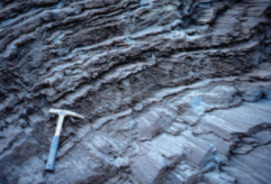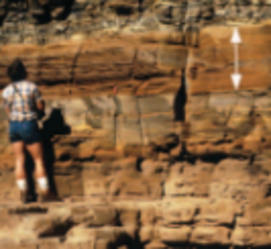Iron Ore Deposits Associated with Precambrian Iron Formations
Most large deposits of iron ore are associated with iron formations for the simple reason that they have the highest iron concentrations of any “normal” rock type. Iron formations are found in all Precambrian shields. Iron was preconcentrated in iron formations by surface processes in Precambrian marginal-marine environments, as outlined elsewhere in this issue.
Iron Ore Deposits Associated with Precambrian Iron Formations Read More »



